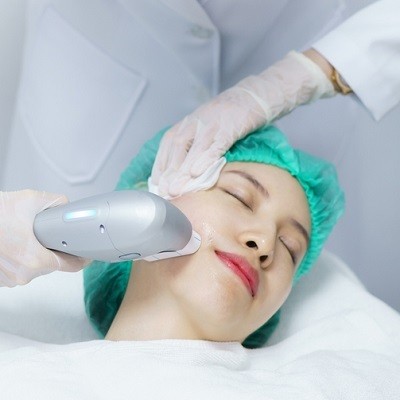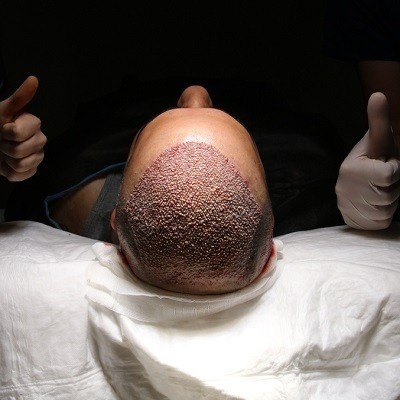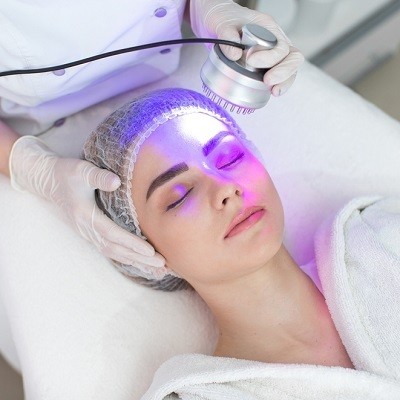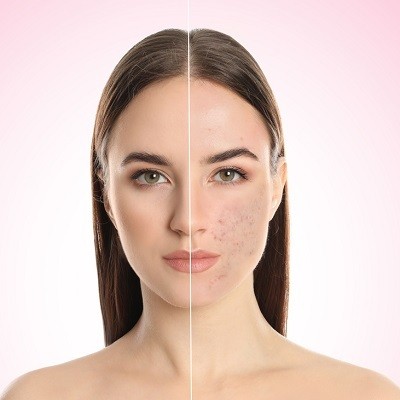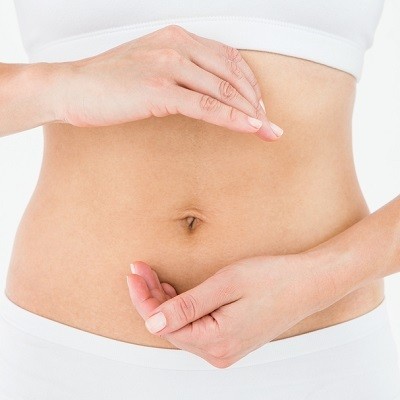 Real Blogger Outreach – Powerful Links. Zero Spam.
Real Blogger Outreach – Powerful Links. Zero Spam.
Does wart removal hurt?
Written by Maham22 » Updated on: June 17th, 2025

Wart removal is a common procedure used to eliminate unsightly or uncomfortable warts caused by the human papillomavirus (HPV). However, one of the biggest concerns for people considering wart removal is whether the process will be painful.
The level of discomfort largely depends on the type of wart, its location, and the removal method used. While some procedures may involve mild pain, most are tolerable and come with minimal discomfort when performed by a trained professional or with proper over-the-counter (OTC) care. In this blog, we’ll break down what to expect from different wart removal in Islamabad, how much they hurt, and tips to manage discomfort.
Do Warts Hurt by Themselves?
Before discussing removal, it’s important to note that not all warts are painful.
Common warts (often found on fingers or hands) usually don’t hurt unless they’re irritated.
Plantar warts (on the soles of the feet) can cause pain due to the pressure from walking or standing.
Flat warts (on the face or legs) and filiform warts (near the mouth, nose, or eyes) are typically painless but may be bothersome cosmetically.
Pain often becomes a factor when the wart is irritated, infected, or subjected to removal treatments.
Does Wart Removal Hurt? A Breakdown of Common Methods
1. Over-the-Counter (OTC) Treatments
OTC products are a popular choice for wart removal and are generally not painful when used as directed.
Salicylic Acid:
How It Works: Gradually softens and peels away layers of the wart.
Pain Level: Mild discomfort or stinging may occur, especially if applied to surrounding healthy skin.
Tips: Protect the healthy skin around the wart by applying petroleum jelly or using a protective pad.
Freezing Kits:
How It Works: Use liquid nitrogen to freeze the wart tissue.
Pain Level: A brief stinging or burning sensation is common, followed by mild soreness as the tissue dies.
Tips: Avoid overusing freezing treatments to minimize skin irritation.
2. Professional Treatments
When OTC options don’t work, a healthcare provider may recommend professional wart removal methods. These tend to be more effective but may involve varying levels of discomfort.
Cryotherapy (Freezing):
How It Works: Liquid nitrogen is applied directly to the wart to freeze and destroy the tissue.
Pain Level: Moderate pain during the freezing process, often described as a stinging or burning sensation. The area may feel tender or sore afterward.
Tips: Ask your doctor about numbing the area beforehand if you’re concerned about pain.
Laser Therapy:
How It Works: A focused laser beam burns off the wart or cuts off its blood supply.
Pain Level: Mild to moderate pain during the procedure. A local anesthetic is often used to reduce discomfort. Tenderness may persist for a few days.
Tips: Follow aftercare instructions to prevent infection and manage soreness.
Surgical Excision:
How It Works: The wart is cut out using a scalpel under local anesthesia.
Pain Level: Minimal pain during the procedure due to the numbing agent. Some soreness may occur as the wound heals.
Tips: Keep the area clean and follow your doctor’s care plan to reduce discomfort.
Cantharidin Application:
How It Works: A blistering agent is applied to the wart, causing it to lift away from the skin.
Pain Level: Typically painless during application. Mild discomfort may occur as blisters form within 24 hours.
Tips: Avoid popping the blister to prevent infection.
Electrosurgery and Curettage:
How It Works: The wart is burned off with an electric current, and any remaining tissue is scraped away.
Pain Level: Minimal pain during the procedure due to local anesthesia. The treated area may feel sore as it heals.
Tips: Keep the area bandaged and avoid irritating the wound during recovery.
3. Home Remedies
Home remedies are generally low-risk and involve minimal pain, though results may vary.
Duct Tape Therapy:
Pain Level: Virtually painless, though skin may feel irritated after prolonged use.
Apple Cider Vinegar:
Pain Level: Can cause mild stinging or burning, especially if applied to healthy skin.
Tips: Dilute the vinegar and apply only to the wart to minimize discomfort.
Managing Pain During and After Wart Removal
Most wart removal methods involve minor discomfort, but there are steps you can take to manage pain:
Numb the Area: Use a topical numbing cream or ice pack before treatment to reduce sensation.
Protect Healthy Skin: Apply a barrier (e.g., petroleum jelly) around the wart to avoid irritation.
Take Over-the-Counter Pain Relievers: Medications like ibuprofen or acetaminophen can help ease post-treatment soreness.
Follow Aftercare Instructions: Keep the area clean, dry, and protected to promote healing and reduce discomfort.
Avoid Aggravating the Area: Don’t pick at scabs, pop blisters, or engage in activities that could irritate the wound.
When to Seek Medical Advice
If pain persists or worsens after wart removal, consult a healthcare provider. Signs of infection, such as redness, swelling, pus, or fever, should also be evaluated by a doctor.
Conclusion
The level of pain associated with wart removal varies depending on the treatment method, the size and location of the wart, and individual pain tolerance. While some treatments, like salicylic acid or duct tape therapy, involve little to no discomfort, others, such as cryotherapy or laser therapy, may cause brief but tolerable pain.
Note: IndiBlogHub features both user-submitted and editorial content. We do not verify third-party contributions. Read our Disclaimer and Privacy Policyfor details.
Copyright © 2019-2025 IndiBlogHub.com. All rights reserved. Hosted on DigitalOcean for fast, reliable performance.


